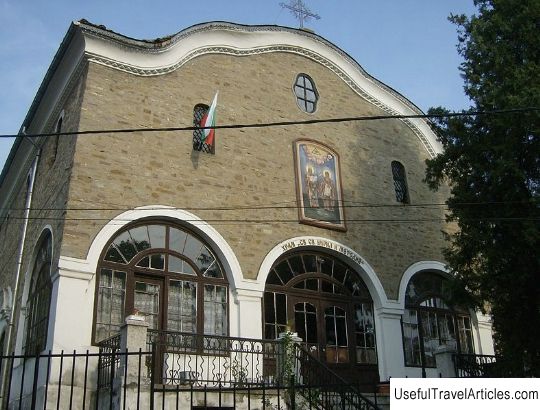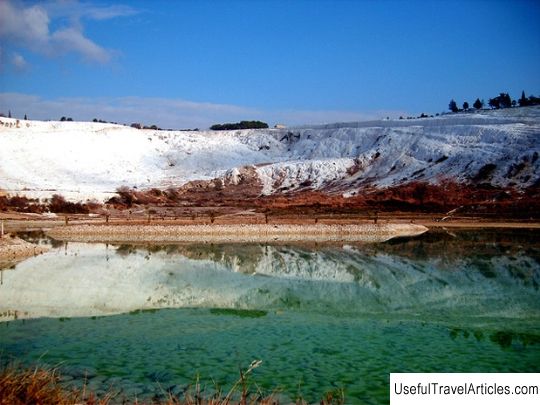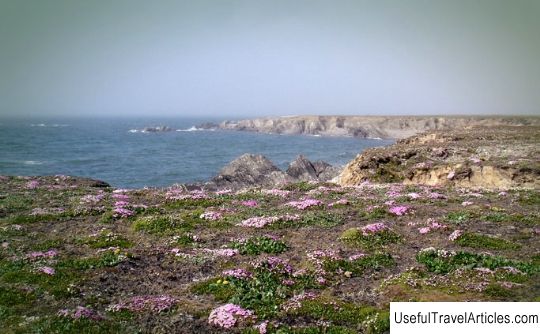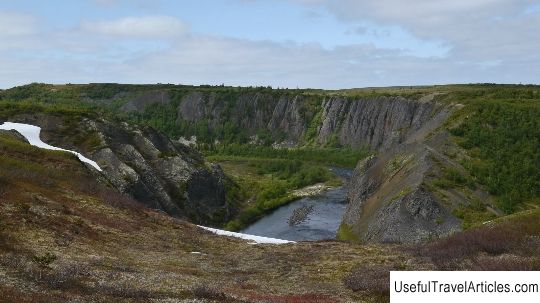Thermal tract ”Pym-Va-Shor” description and photos - Russia - North-West: Nenets Autonomous Okrug
Rating: 7,5/10 (7964 votes) 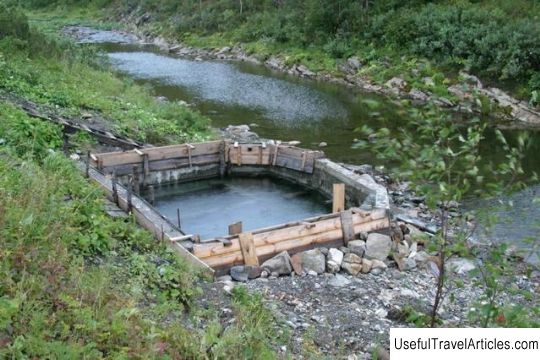
Thermal natural boundary "Pym-Va-Shor" description and photo - Russia - North-West: Nenets Autonomous Okrug. Detailed information about the attraction. Description, photos and a map showing the nearest significant objects. Photo and descriptionThermal tract "Pym-Va-Shor" ("hot water stream" - in translation from Komi) is located in the Komi Republic. It is located in the Adzva River basin. "Pym-Va-Shor" has been a specially protected natural area since 2000. The name of this area is borrowed from the name of the stream, which is located here. The total area of the territory of the natural monument is 2.425 thousand hectares. This includes a complex of 8 mineral-thermal springs, artificial structures, archaeological sites. The temperature of warm springs is 20.3-28.5 °, cold - 1.2-6 °. Throughout the winter, the springs are free of snow and ice even in severe frosts, this allows individual plants to maintain their vegetation in winter. This complex natural monument was created to preserve and monitor the state of the biological diversity of the natural area, which includes relict and rare species of fauna and flora, as well as thermal springs. The complex natural monument is located in the place where the Pym-Va-Shor and Der-Shor streams flow into the Adzva River. These streams, as it were, cut through the mountain ridge of the Chernyshev ridge, which is located parallel to Adzva and has a length of 5-6 km. Der-Shor flows in a deep narrow canyon, falls down in a cascade of waterfalls. 5 km from the mouth of the Pym-Va-Shor, it cuts into the coal limestones that form cliffs. Thermal springs pour out from cracks in the rocks on the left side of the valley. Their waters are dominated by calcium bicarbonate and sodium chloride. The composition of the water is sodium chloride, the degree of mineralization is 2.1-3.5 g / l, therefore, these waters belong to the type of medical table. An increased content of radon, iodine, radium, bromine and others is found in the water of the springs. The reindeer herders have known the springs for a long time. With water from them, they treated diseases of the lungs, stomach, skin. Thermomineral springs Pym-Va-Shor are objects of geological heritage, since they are the only hot springs beyond the Arctic Circle. Outlets of warm waters in the valley create special microclimatic conditions, where spring and summer come much earlier than in the tundra. In early July, when spring is just beginning in the tundra, it is already summer in the valley of the Pym-Va-Shor stream. Sections of the soil are covered with tall and dense grass and flowers. Here, in addition to dwarf birches, there are also common birches. On the Pym-Va-Shor brook, not far from the springs, there is "Khamyat-penzi", a Samoyed temple, which is located in a cave, it has not been visited for a long time. There are several karst formations in the tract. There are especially many of them at the southern edge of the massif. They are small grottoes and sheds located at a height of about 10 m from the level of the stream. The bones and horns of a reindeer, woolly rhinoceros, musk ox, hare, arctic fox and other animals were found here, which suggests that there was a sacrificial site here. The age of this layer with the finds of bones is 24.4 thousand + 350 years. In 1952, on the banks of the Adzva River, G.A. Chernov discovered two sites dating back to the Stone Age. In addition to archaeological and geological attractions, this natural monument is unique from a botanical point of view. In addition to tundra communities, spruce-birch-juniper-willow woodlands grow here, where rare plants included in the NAO Red Data Book have remained since the Holocene, such as anemone, red crow, cotoneaster, dull orthylium; evading peony, as well as rare mountain and tundra species: Kuznetsov's cinquefoil, wheel-shaped lomatogonium, Ilyin's arnica, bluegrass bluegrass, northern grapevine, Dyke's bladderworms, woodsia smooth, thin saxifrage, blind gastrolix, green half-petal Of the rare birds in these places there are Lesser White-fronted Goose, Peregrine Falcon, Great Snipe, Gyrfalcon and others. On the territory of the natural monument it is prohibited to: damage or cut trees and bushes; carry out geological and agricultural work; to extract minerals, to arrange waste rock dumps; to lay roads, pipelines, power lines; collect plants listed in the Red Book; collect collection materials and ornamental stones, etc.         We also recommend reading Kungur ice cave description and photos - Russia - Volga region: Perm region Topic: Thermal tract ”Pym-Va-Shor” description and photos - Russia - North-West: Nenets Autonomous Okrug. |
